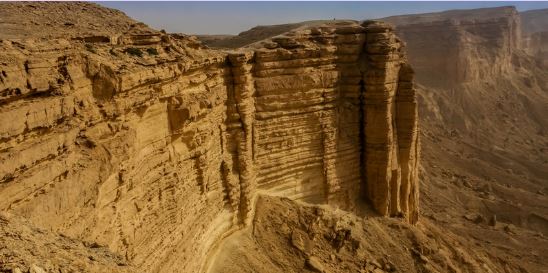Luxor, Egypt – On April 18, 2025, a team of Egyptian archaeologists made a groundbreaking discovery in the Valley of the Kings, a UNESCO World Heritage site in Luxor, Egypt. The discovery of a well-preserved tomb believed to belong to a previously unknown pharaoh has sent shockwaves through the archaeological community, offering new insights into ancient Egyptian history.
The tomb, which is believed to date back to the New Kingdom period around 3,500 years ago, was found buried deep within the valley near the tombs of famous rulers like Tutankhamun and Ramses II. The excavation team, led by Dr. Zahi Hawass, one of Egypt’s most renowned archaeologists, unearthed a series of extraordinary artifacts inside the tomb, including elaborate jewelry, statues, and detailed hieroglyphic inscriptions that may offer clues about the identity of the tomb’s occupant.
“This is a remarkable find that will reshape our understanding of the history of ancient Egypt,” Dr. Hawass said in a statement. “The tomb is remarkably intact, and the artifacts within it suggest that the tomb’s owner was a significant figure in Egyptian society, though we have yet to identify them definitively.”
Among the most striking discoveries was a large, intricately carved sarcophagus, which contained the mummified remains of the tomb’s owner. The sarcophagus, adorned with gold leaf and depicting scenes from the afterlife, is considered one of the finest examples of royal funerary art ever found. Researchers also discovered a series of burial items, including pottery, linen, and wooden figurines, which were believed to have been placed with the pharaoh to accompany them into the afterlife.
The tomb’s location near the famous tombs of pharaohs such as Ramses II and Seti I has led some experts to speculate that the occupant may have been a member of the royal family, possibly an overlooked ruler or a lesser-known pharaoh. The inscriptions on the walls of the tomb provide tantalizing references to gods and deities, which could further help identify the period in which the tomb’s owner reigned.
Dr. Hawass, who has led numerous important excavations in Egypt over the years, expressed excitement over the potential historical significance of the find. “This tomb could shed light on the inner workings of the New Kingdom and reveal new aspects of ancient Egyptian royal life,” he said.
The discovery comes at a time of increasing interest in Egyptology, with a series of major archaeological finds in recent years reinvigorating global fascination with ancient Egypt. The Egyptian Ministry of Antiquities has promised to continue supporting excavations in the Valley of the Kings and other historic sites across the country, with hopes of unlocking more secrets from the ancient past.
The discovery of the tomb and its treasures has already attracted attention from museums and scholars around the world, and further study will likely provide new insights into the political and religious practices of the ancient Egyptians. As the excavation continues, the world eagerly awaits more details about this historic find and the unknown pharaoh whose tomb lay hidden for millennia beneath the sands of Luxor.



